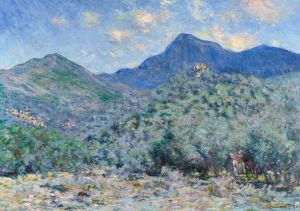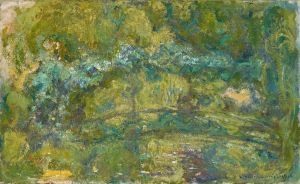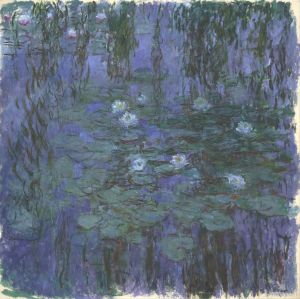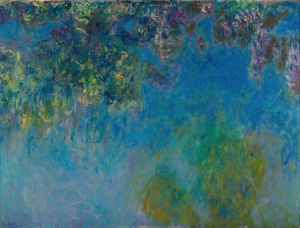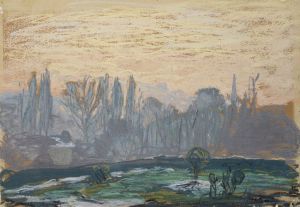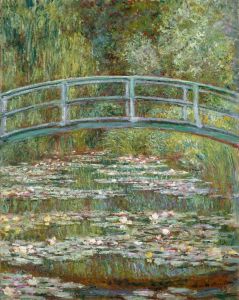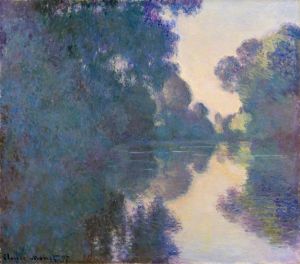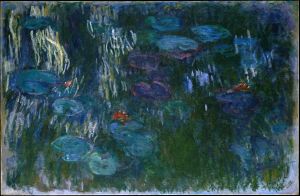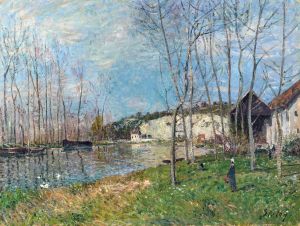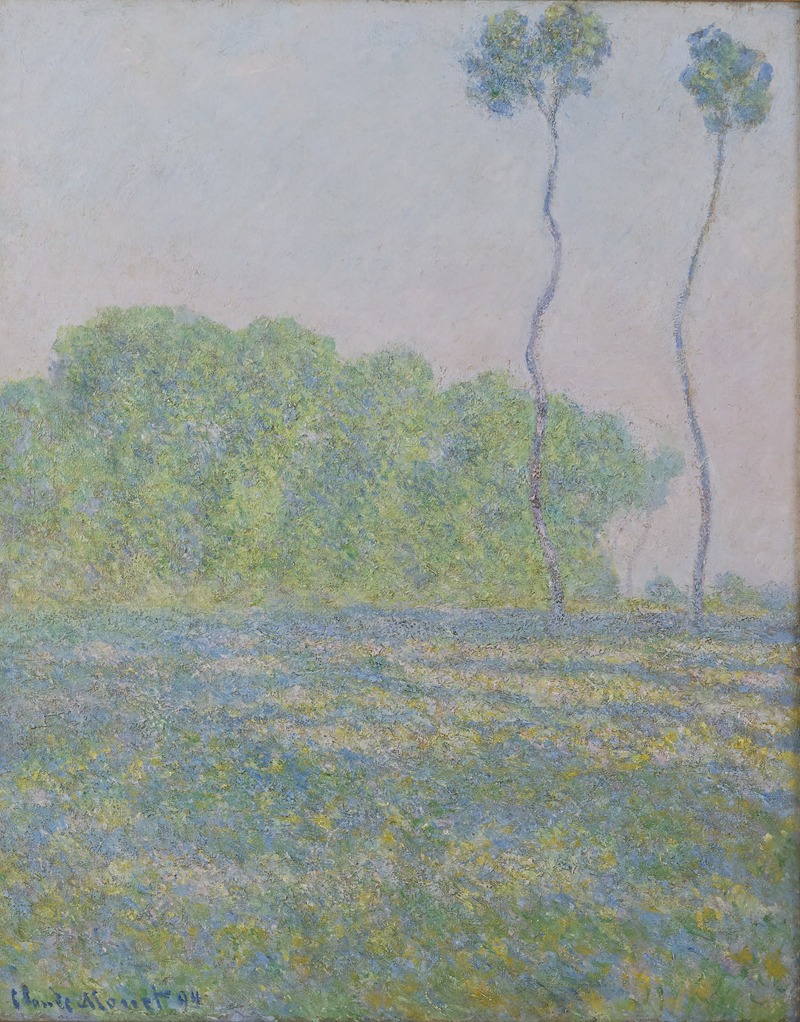
Meadow at Giverny
A hand-painted replica of Claude Monet’s masterpiece Meadow at Giverny, meticulously crafted by professional artists to capture the true essence of the original. Each piece is created with museum-quality canvas and rare mineral pigments, carefully painted by experienced artists with delicate brushstrokes and rich, layered colors to perfectly recreate the texture of the original artwork. Unlike machine-printed reproductions, this hand-painted version brings the painting to life, infused with the artist’s emotions and skill in every stroke. Whether for personal collection or home decoration, it instantly elevates the artistic atmosphere of any space.
"Meadow at Giverny" is a painting by the renowned French Impressionist artist Claude Monet. Monet, born on November 14, 1840, in Paris, is celebrated for his pioneering role in the Impressionist movement, which sought to capture the effects of light and atmosphere in art. His works are characterized by loose brushwork, vibrant colors, and an emphasis on capturing the transient effects of natural light.
The painting "Meadow at Giverny" was created during Monet's time in Giverny, a small village in northern France where he settled in 1883. Giverny became Monet's home and a significant source of inspiration for his work. The village's picturesque landscapes, gardens, and the famous water lily pond provided Monet with endless subjects for his paintings.
In "Meadow at Giverny," Monet depicts a lush, verdant meadow, capturing the essence of the French countryside. The painting exemplifies Monet's mastery in portraying natural light and atmosphere. His use of color is particularly noteworthy; he employs a palette of greens, yellows, and blues to convey the vibrancy and tranquility of the meadow. The brushwork is loose and fluid, a hallmark of Monet's style, allowing the viewer to experience the scene as a fleeting moment in time.
Monet's approach to painting was revolutionary for his time. Instead of focusing on precise details, he aimed to capture the overall impression of a scene. This technique is evident in "Meadow at Giverny," where the emphasis is on the interplay of light and color rather than on specific elements of the landscape. The painting invites viewers to immerse themselves in the serene beauty of the meadow, evoking a sense of peace and contemplation.
Monet's time in Giverny was one of the most productive periods of his career. He transformed the gardens around his home into a living canvas, which he painted repeatedly under different lighting conditions and seasons. This dedication to capturing the nuances of light and color is a defining feature of his work and is beautifully illustrated in "Meadow at Giverny."
The painting is part of Monet's broader exploration of the natural world and his commitment to depicting its beauty through the lens of Impressionism. His work has had a lasting impact on the art world, influencing generations of artists and shaping the course of modern art.
Today, Claude Monet is celebrated as one of the most important figures in art history. His paintings, including "Meadow at Giverny," are held in high esteem and are featured in major museums and private collections worldwide. Monet's ability to capture the ephemeral beauty of nature continues to resonate with audiences, making his work timeless and universally admired.






